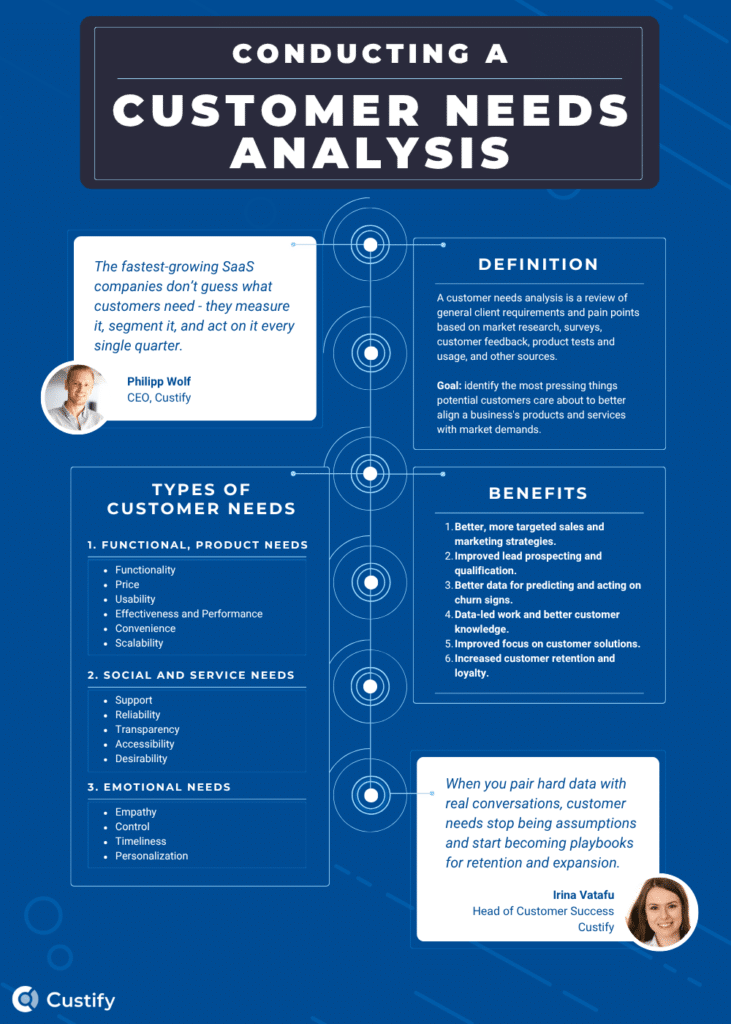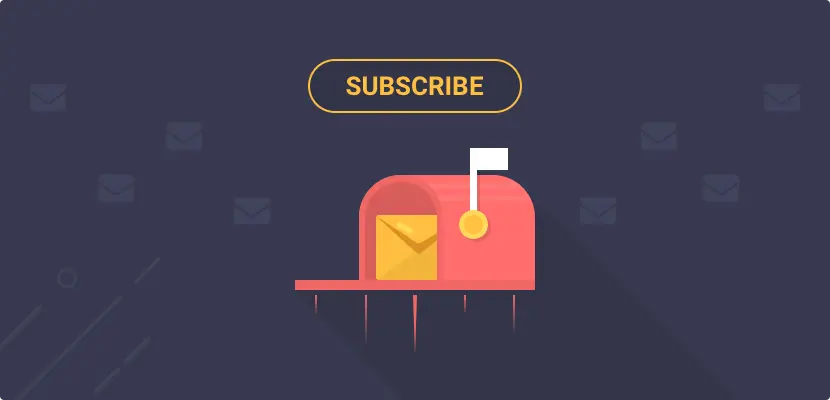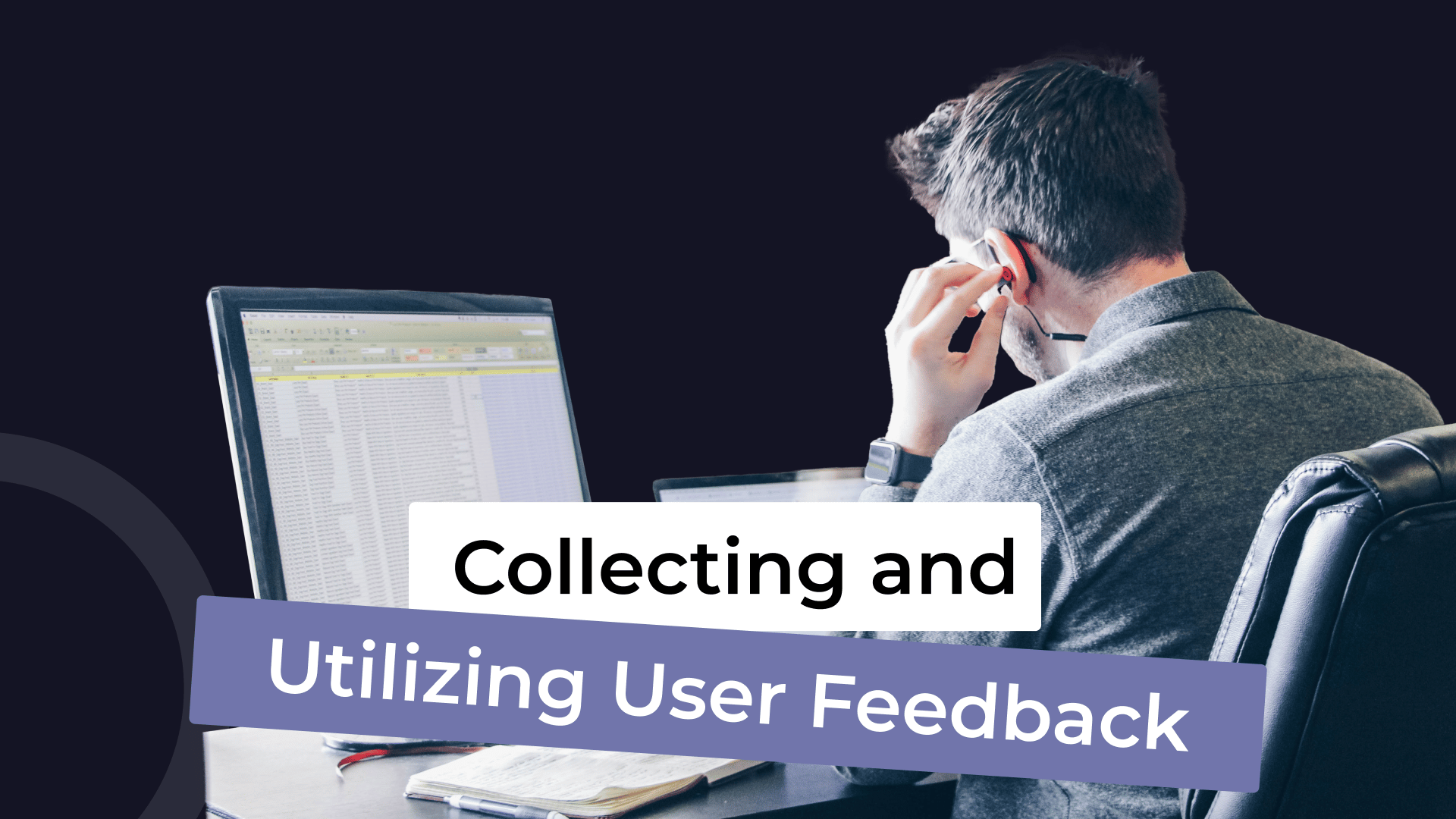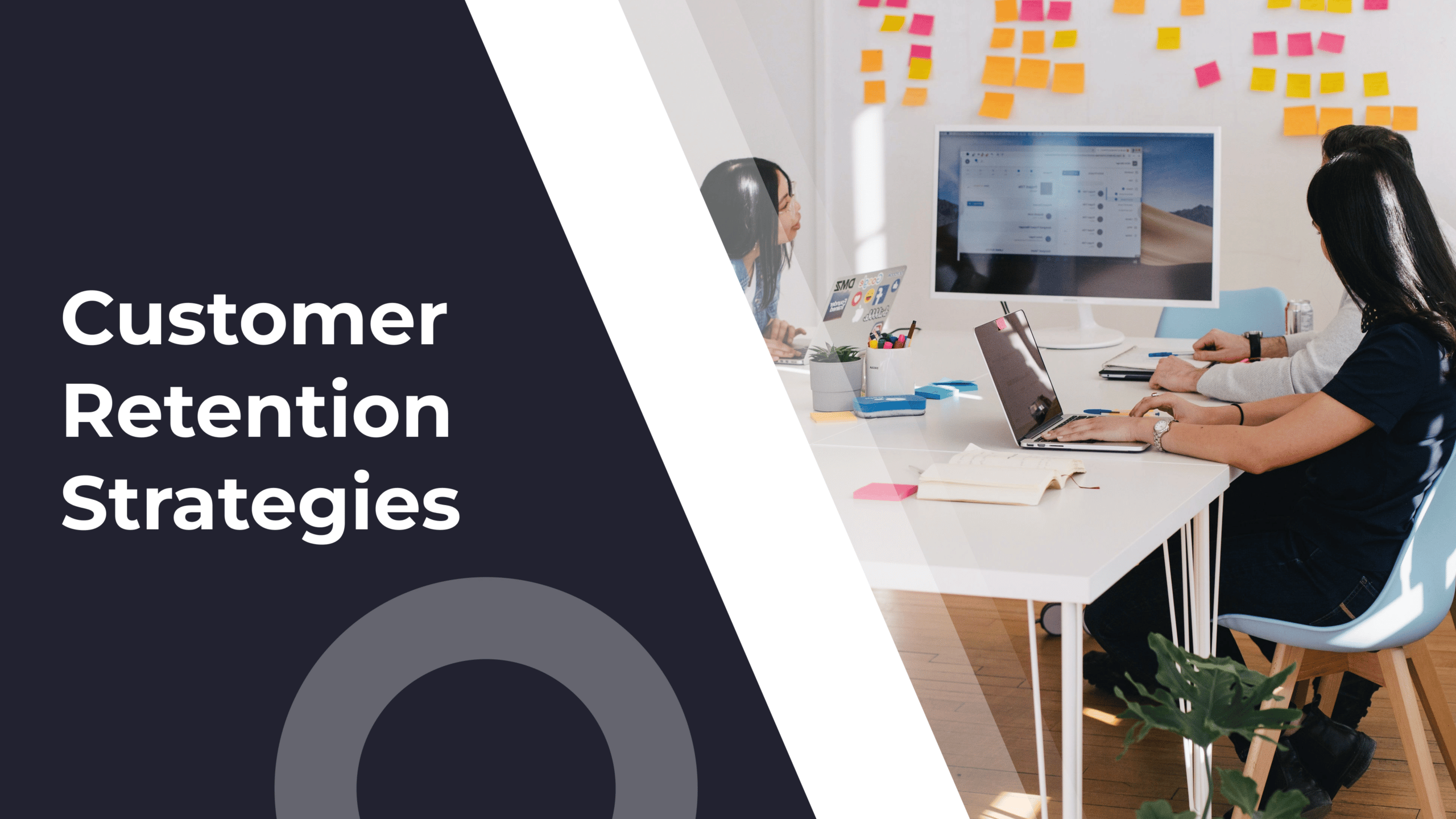A customer needs analysis can offer you a treasure trove of information.
It can also lead you astray.
72% of customers value being listened to and understood (Genesys State of CX). But how do you make sure you’re listening for the right signals? It’s all in how you do it. Many online methodologies promise the moon while giving you very little in specifics when it comes to actually performing such an analysis. So, let’s clear the air and find out:
- What a customer needs analysis is and what it entails
- What customer needs and wants you’re looking to identify
- The types and categories of customer needs, along with examples
- How to put together a strategy for finding them
- How to fulfill those desires with your product or services
What Is a Customer Needs Analysis?
Simply put, a customer needs analysis is a review of general client requirements and pain points based on market research, surveys, customer feedback, product tests and usage, and other sources. The goal of this analysis is to identify the most pressing things potential customers care about in order to better align a business’s products and services with market demands.
What Are Customer Needs?
Simply put, customer needs represent the things potential customers care about that lead them to a purchase decision. These needs don’t all have to be directly related to the product or service they end up buying, but they can be used to inform the process and fine-tune customer experience.
Types of Customer Needs
Typically, customer needs fall into a few categories. Let’s explore each one with some examples along the way.
Functional and Product Needs
When looking for a solution, customers often have very specific requirements in mind. We call these functional needs or product needs if they refer to specific product features or performance.
- Functionality. What the product can do.
- Price. How much your product/services cost.
- Usability. How easy the product is to use.
- Effectiveness and Performance. How effectively the product performs.
- Convenience. How convenient it is to use the product.
- Scalability/lifespan. How easy it is to scale usage and how long the customer can envision themselves using your solution.
Social and Service Needs
Conversely, customers will always have demands regarding the level of service and the type of support they receive, including facets like how transparent you are and how readily accessible their assigned CSM is – if you’re not able to respond to their requests in a timely manner, you may lose points in their eyes and increase the likelihood of churn when the renewal period comes around.
- Support. How easy it is to get hold of support and how well they handle requests or questions.
- Reliability. How reliable the product or service is.
- Transparency. How transparent the company is about pricing, data usage, and other factors.
- Accessibility. How accessible the product is for all categories of people.
- Desirability. How much they want to continue to use the product or services provided.
Emotional Needs
Beyond even product and service needs, customers often have emotional needs that even they might not even recognize. These stem from basic human decency (which often eludes some customer service interactions) to very personal needs, specific to each customer.
- Empathy. How empathetic the company representatives are (lead CSM, support agents, etc.)
- Control. How much customers can control both the social and the technical aspects of the product or service they’re paying for. This includes, for example, both product customization and QBR frequency.
- Timeliness. How quickly requests receive a reply and how quickly they’re solved. While equally important, both are usually judged separately.
- Personalization. The number of customization options the customer has inside the product.
Why Use a Customer Needs Analysis?
- Better, more targeted sales and marketing strategies. By understanding customers’ needs, both teams can better polish their messaging and design better strategies for reaching their ideal audience.
- Improved lead prospecting and qualification. Your sales team will also thank you for a proper customer needs assessment. With the proper tools in hand, they can better prospect leads, sift out those with high churn scores, and refocus their efforts on those that have the best chance to convert into long-term, loyal, or high-MRR customers.
- Better data for predicting and acting on churn signs. If you know what customers need, you also know what they want to avoid. In any relationship, it’s helpful to know the risks and be prepared to face them. Similarly, with customer relationships, knowing the risks means you can set up a proactive customer engagement workflow that helps you see any sign of churn and act on it.
- Data-led work and better customer knowledge. Without a needs analysis, you’d be operating on incomplete data, hunches, and baseless assumptions. So many times in business, having the hard proof required to make a decision will set you on the path to success. Knowing your customers’ wants and desires is a fundamental step in the right direction.
- Improved focus on customer solutions. Armed with this knowledge, you can refocus your product to better serve your customers. The data you gather will ensure that every time you need to make a decision, you’re prepared to support your choice with facts.
- Increased customer retention and loyalty. Overall, customer needs analyses, through their many benefits, lead to increased customer retention and loyalty. They’re a good way to ensure you’re building a healthy customer base that actually receives value from your product.

How to Conduct a Customer Needs Analysis? 3 Methods
There are three key pillars for conducting a customer needs analysis. When used together, they yield a clear and actionable picture of your audience, allowing you to tailor your product and services to ensure long-term retention and loyalty.
1. Research – Review Customer Data and Identify Trends, Patterns
First, research as much as possible:
- Data collection. It all starts with adequate data collection methods. You need multiple avenues to collect the most important data points with regard to your potential customers. Look at the state of the market, make a list of what customers want when they first get in touch, but also look at current customers. Use health scores to determine which customers were successful and make a note of how that success happened.
- Customer journey analysis. Do a deep dive of your customers’ journeys, go for a granular approach, and identify where things are going right, what customers seem to be doing, and how they’re using your product or service to fulfil their goals. You might be very surprised at what you find during this stage of your analysis.
- Data visualization. Next stop – centralization. You need to have every relevant datapoint in one play. To do this effectively, I recommend using a single tool where you can unite the data streams into clear dashboards, such as with Custify’s customer success 360 view.
- Customer segmentation. Lastly, all this research should help you clearly identify customer cohorts, which you can then sort into segments. You can then determine the needs of each segment, making it possible to design custom solutions and services for different categories of customers.
2. Discuss – Hold Regular Calls with Customers and Ask about Issues
Secondly, take advantage of all customer communications:
- Great customer service. A cornerstone of understanding customer needs is actually providing great customer service. Why? Because that means listening – not just performatively, but actively paying attention to what customers say and jotting down their responses and preferences. This is a surefire way to find what they most care about.
- Direct customer communication. Speaking directly to your customers, not simply as part of service interactions, can reveal a lot about their preferences. Think: sales calls, onboarding calls, CSM check-ins, QBRs – all of these and more are effective touchpoints for analyzing customer needs. Before each call, sit down and ask yourself two things: how you can bring value to the call, and what to ask so you’re prepared to deliver even more value next time.
- In-app customer feedback. Now, regardless of how many times you talk to your customers directly, there may be some things better left for text forms, surveys, or other forms of written communication. That’s where in-app forms and customer surveys play a key role – presenting clients with a way to voice their opinions and concerns in contextual menus next to the specific thing they’re providing feedback on.
- Managing customer expectations. Customers rarely know precisely what they want – they often have a feel for what they think they want and that may indeed reflect their actual needs, but they may not have the language or experience to voice that need accurately. It’s the job of the lead CSM to not only manage customer expectations and decipher what the customer is saying, but also be prepared for future clients using the same verbiage. If you fail to properly understand those needs, it can lead to knowledge gaps that can severely undermine business growth.
List of Survey Questions to Understand Customer Needs
Here are some examples of questions you can pose to zero in on customer needs.
- What’s the hardest part of achieving your goal right now?
- If our product disappeared tomorrow, what would you miss first?
- Are our products’ features working as intended?
- If you could add one feature to our product that would make your life easier, what would it be?
- If you could rework one of our features to better fit your needs, what would it be and how would you rework it?
- What issues do you expect our product to solve?
- What are your overall company goals?
3. Test – Use the Product to Simulate Customer Use Cases
Lastly, use all the data you gathered thus far to simulate customer use cases. Then, try your own product with those use cases in mind, trying to be aware of subjective biases.
- Product capabilities. Start by testing basic product features – see what works, what doesn’t, and what actually helps or hinders you in reaching your goals, using software testing metrics to measure feature performance and stability. Note the ways in which you can improve those features and any friction points you encounter along the way.
- Business processes. Testing internal business processes might seem a bit silly sometimes, but it can help you make sure your CSMs are equipped to deal with complex customer escalations when the time comes.
- User experience and product adoption. During these tests, pay close attention to UI, UX, and elements that typically aid in product adoption. Users’ first-time experience is critical to long-term retention and success, and should be treated as such.
- Self-service options. Lastly, test how users could access self-service options, if those exist within your product, and whether or not these actually help resolve issues and prevent escalations. Integrate software test automation tools to streamline such processes.
❗️Reminder: Data Validation and Hygiene are Essential
Throughout the process of conducting a customer needs analysis, make sure you observe fundamental data governance and hygiene practices. Validating data streams, integrating all the tools at your disposal, and performing regular cleanups should all be part of your analysis.
Optional: Use an Existing Methodology for Needs Analysis
While these are the fundamental principles of customer needs, there are other methodologies that offer a more theoretical framework for capturing customer needs.
Such methodologies include:
- The Jobs-to-be-Done Framework. A simple method developed by Tony Ulwick, fundamentally rooted in driving outcomes for customers by understanding market needs. This methodology dives deeper into consumer psychology, often becoming highly theoretical. I personally like this approach, but it may be overly complex for small startups.
- The Agile User Stories Methodology. A subset of the agile methodology, user stories are simple, informal explanations of product features viewed from the perspective of the customer. If a particular feature can’t be imagined through a user story, then it cannot deliver value to a customer and must therefore be scrapped. This method’s biggest weakness is that it doesn’t look at customers directly. Instead, it’s more of a product-focused approach.
- The Kano Model for Feature Prioritization. Another product-focused approach is the Kano (Kah-no) Model. It divides product features into basic, excitement, and performance features. Basic features are expected for the product to compete in its market. Excitement features aim to deliver customer delight – literally amazing customers. Performance features are those that grow user satisfaction the more money you spend on them, such as cloud storage space or the number of contacts per account. While functionally sound, the Kano Model also does not look directly at customer needs but instead takes a broad approach.
Fulfilling Customer Needs – Your Strategy for Success
- Use customer segments efficiently. The benefits of customer segmentation go far beyond simply organizing your customer base and making work more efficient. You’re first of all gauging customer needs better, and second of all, you’re then able to fully customize your engagement strategy for each cohort. Essentially, it lets you provide bespoke solutions that actually bring in value and deliver results.
- Create an ideal customer profile (ICP). Through all of this data that you’ve gathered, you can now build an ideal customer profile or ICP. You can then use it to optimize your sales and marketing, improve your messaging, and make sure the customers that do come in match that ICP as much as possible, allowing you to scale because you’ll already have everything in place to serve them in the way that they want.
- Personalize customer experiences. Making customers feel special is the name of the game, and we’ve seen just how powerful AI can be in delivering those essential, custom-built experiences. Using AI for customer retention tactics like personalized support is one of the key ways the current business landscape is evolving.
- Align pricing with customer value expectations. A lot of products fail because customers don’t see the value of paying an X amount of dollars for a product that only serves a specific function. They may see the value in that, but they may not be able to justify the cost. To effectively gauge this, use surveys during your market research and ask your existing customers how they feel about the pricing. Then, take a hard look at your pricing strategy and don’t be afraid to make dramatic changes if it means keeping your business afloat. A consistent stream of new customers is better than an ungodly amount of churn when renewal comes around.
- Optimize customer onboarding. The third most common reason for churn is poor onboarding, so once you have a full list of customer needs, one of your key priorities should be your onboarding flow. Use the info you’ve gathered to customize the flow to your customers’ or segments’ needs.
- Ensure alignment and create feedback loops. Knowing your customers’ needs does nothing for you if you keep it to yourself. Instead, you should share any new findings with the entire organization and customer-facing teams in particular. As part of this effort, consider creating customer feedback loops whereby customers who provide highly relevant and actionable feedback have their requests forwarded to the right person, with CSM visibility. Once these issues have been solved or upgrades have been implemented, the original customers who provided that feedback should be brought back into the loop.
- Monitor, measure, evaluate, and improve. Lastly, once you have your ideal flow for customer needs analysis and fulfilment, you should continue to monitor client activity in your customer success software and look for potential improvements. Both your product and your customers’ expectations will evolve over time; it’s best to stay ahead of the wave and use it as an opportunity to improve.
Using a Customer Needs Analysis with Custify
Once you have your full analysis and understanding of customer needs, it’s time to get to work. That means creating new solutions, prioritizing customer engagement, and automating as much as you can.
One tool that can help you with that entire process is Custify. Schedule a demo with our team, and we can chat about your goals, figure out ways to reach them, and guide you through the next steps. And the best part? You don’t need to commit to anything.
Our foremost goal is your success, so let’s tackle your customers’ success together!




